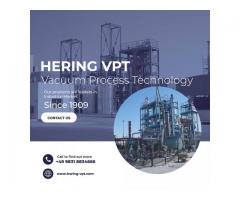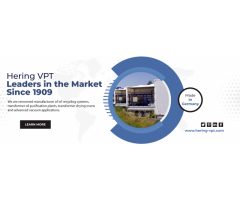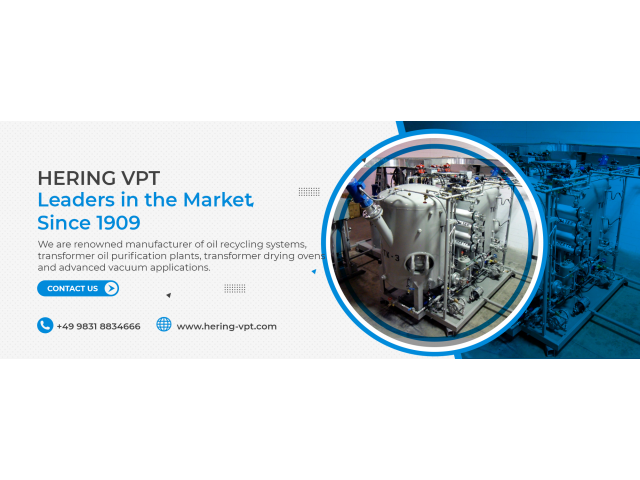Moisture control in transformers and hot air circulation system
- Location: Kormangala, Bangalore, Karnataka, India
After a transformer is assembled and before it is filled with oil, the transformer is dried. Circulating air in the vacuum chamber, vapour phase drying and hot oil spray drying are carried out to ensure dry insulation. The transformer drying ovens are constructed with a view of protecting the equipment from high internal stresses. Not only does it increases the lifespan, but also improves the improves impact of insulating material.
One of the above mentioned drying methods are chosen based on their process time and energy consumption. Temperature in HV and LV windings are monitored and the former is heated when its temperature is less than the latter.
Such a method is employed to improve insulation at low frequency heat and is more beneficial than the hot air circulation system. Hot air circulation system needs twice the time of vacuum drying to complete the task. Upgrading hot air vacuum system with
Transformer drying oven mitigates moisture and enhances functionality of transformers and make them more effectual in the power industry. The transformer is dried by employing one of the methods namely induction heating, hot air circulation system, vacuum drying method and gas-phase vacuum drying method.
In hot air circulation method, the transformer is subjected to a drying oven which allows hot air to pass through it.
Before initiating the hot air circulation system, the oil tank of the transformer is assembled and oil is filled outside the transformer drying oven. The entire setup is monitored with SCADA system which notes input of parameters in initial condition and those in different drying stages. Such details are inclusive of weight of cellulose paper insulation material, primary winding voltage, material used for winding and its density and cold resisitance.
A vacuum leak test is performed which is followed by heating the windings by using combined thermal plate heater and by passing LFH converter current around the windings. The winding temperature is made uniform in the insulation and winding parts.
After stabilization time is completed, hard vacuum is pulled in the drying oven chamber which removes considerable amount of moisture from the insulation material. After releasing vacuum, the aeration valve is opened so that atmospheric pressure could be raised.
The hot air circulation system is mainly used for small transformers, which could be upgraded beneficially with LFH. Flexible connections enable hot air circulation system to be pumped inside the transformer. Hot air circulation systems support LFH process in larger power distribution and small power transformers.
Transformer drying ovens differ in structure based on processes employed like lesser than or equal to 100 MVA for which air drying plant is used and for capacity more than this, phase drying plant is used to reduce process duration.
The drying ovens are further divided into several modules so that a comprehensive installation is ensured.
http://www.hering-vpt.com/products/vacuum-transformer-drying/
Related listings
-
 Significance of transformer drying oven in removing moistureFreeOther Services Bangalore (Karnataka) July 27, 2021Transformer drying process removes traces of moisture in the transformer oil, besides enhancing insulation resistance and flashover voltage of transformers. The drying process is almost a part of production and is done regularly. Moisture management ...
Significance of transformer drying oven in removing moistureFreeOther Services Bangalore (Karnataka) July 27, 2021Transformer drying process removes traces of moisture in the transformer oil, besides enhancing insulation resistance and flashover voltage of transformers. The drying process is almost a part of production and is done regularly. Moisture management ... -
 Best Architects in BangaloreCheck with sellerOther Services Bangalore (Karnataka) July 26, 2021DZIGNS architecture and interiors is actively engaged in the creation of contextually appropriate solutions within an increasingly changing world. Set up in Bangalore in 2001, it is a design studio focusing primarily on the fields of Architecture and...
Best Architects in BangaloreCheck with sellerOther Services Bangalore (Karnataka) July 26, 2021DZIGNS architecture and interiors is actively engaged in the creation of contextually appropriate solutions within an increasingly changing world. Set up in Bangalore in 2001, it is a design studio focusing primarily on the fields of Architecture and... -
 The cost effective waste oil recycling methodFreeOther Services Bangalore (Karnataka) July 14, 2021Waste oil refinery plant not only extracts lube oil from minimal crude oil, but also employs non-cracking evaporation (NCE) in front end treatment along with Reactivation Clay Polishing System (RCPS) or Adsorbent Mineral Polishing System (AMPS) to po...
The cost effective waste oil recycling methodFreeOther Services Bangalore (Karnataka) July 14, 2021Waste oil refinery plant not only extracts lube oil from minimal crude oil, but also employs non-cracking evaporation (NCE) in front end treatment along with Reactivation Clay Polishing System (RCPS) or Adsorbent Mineral Polishing System (AMPS) to po...



